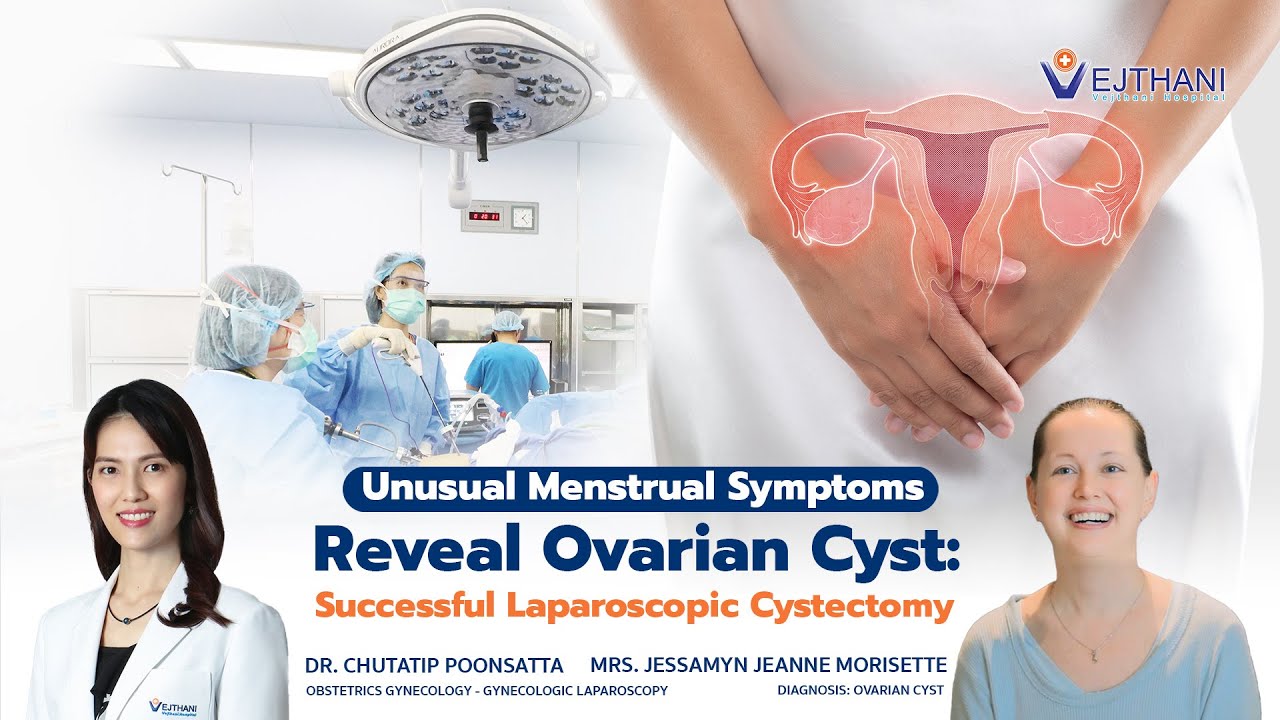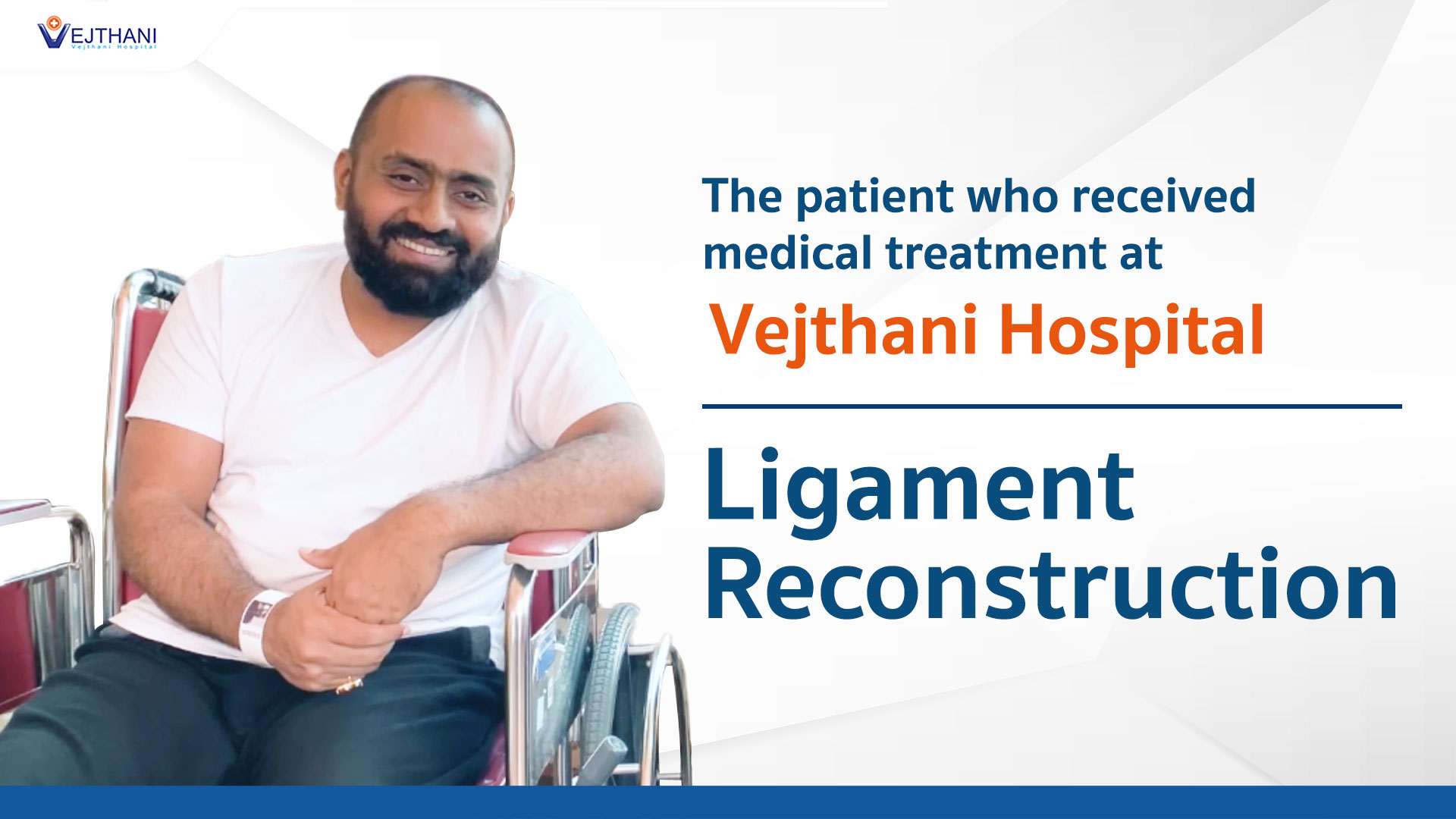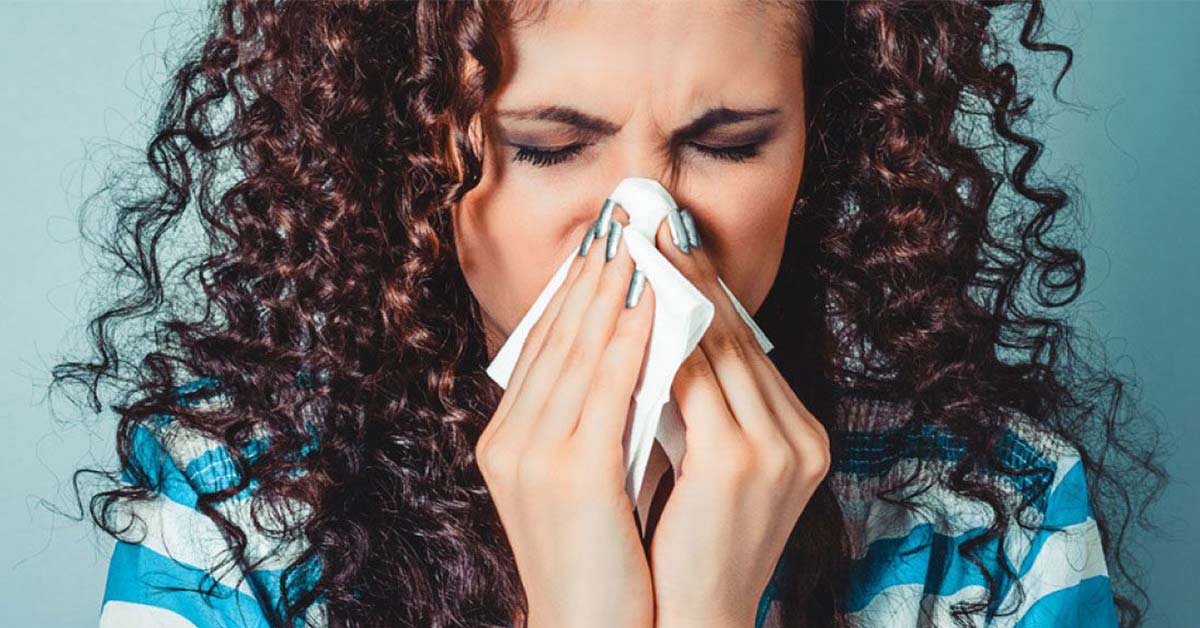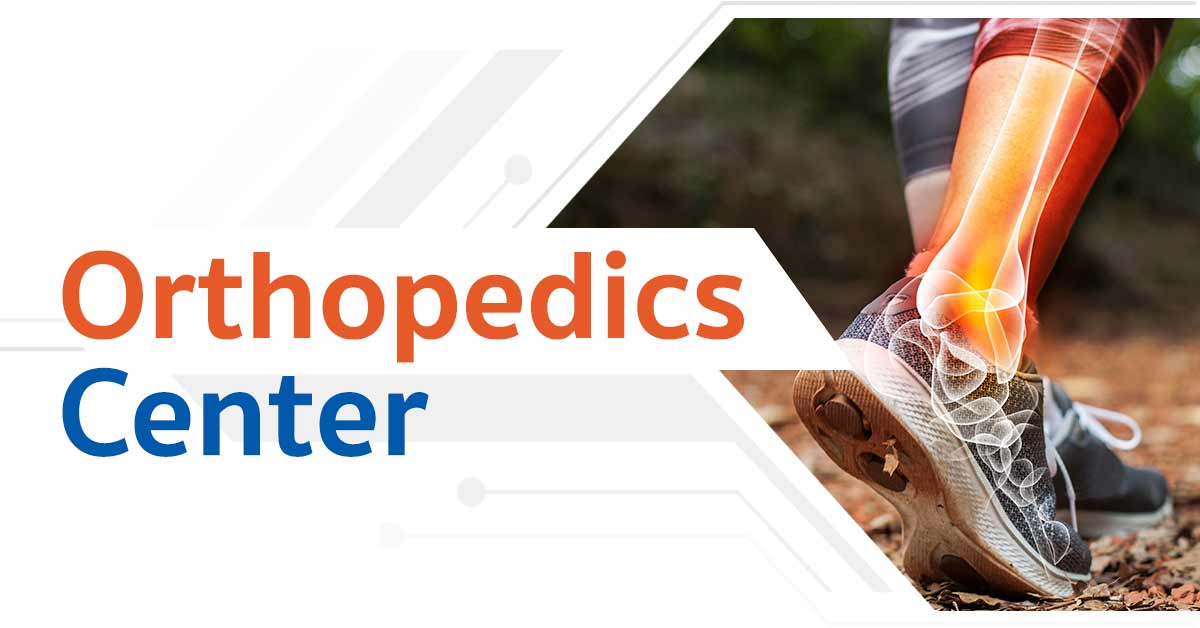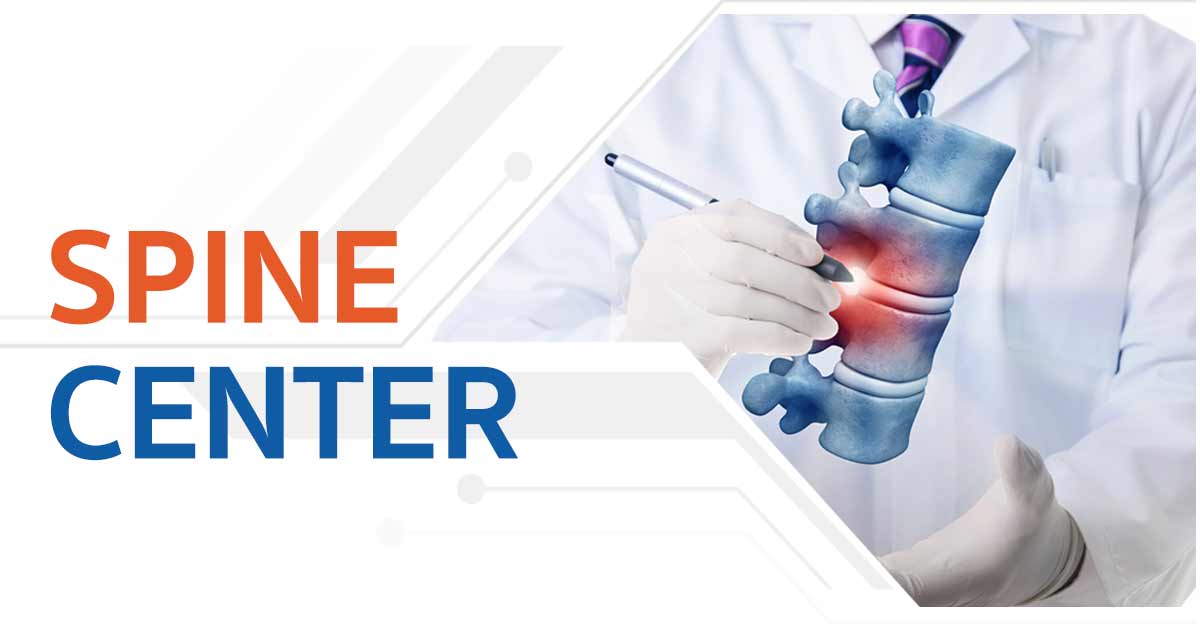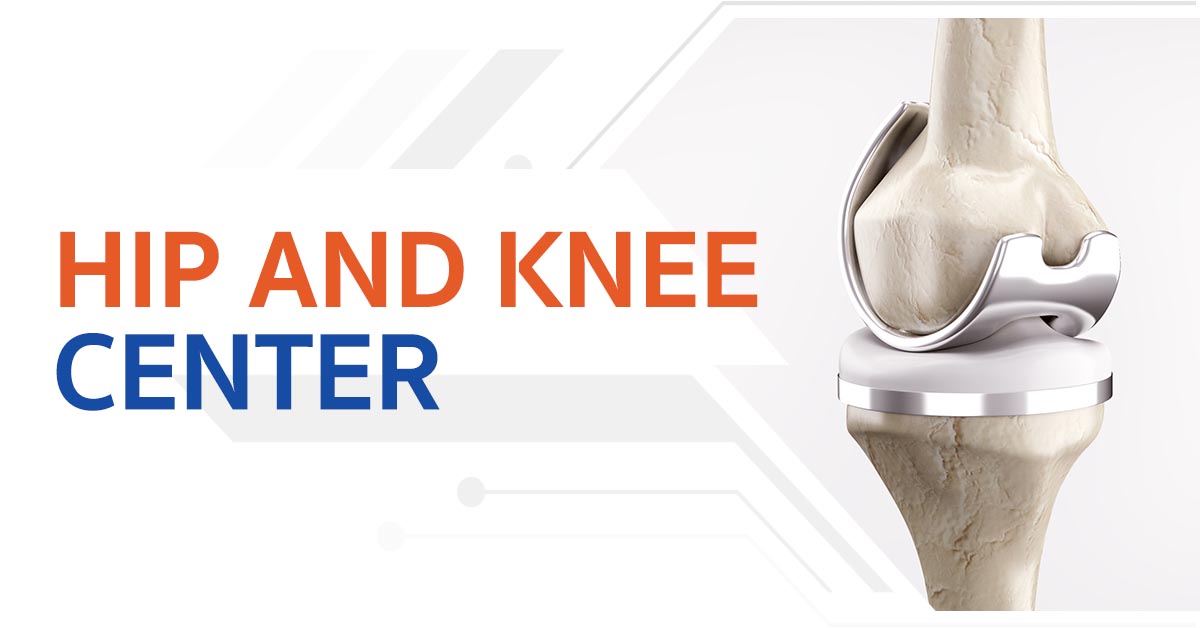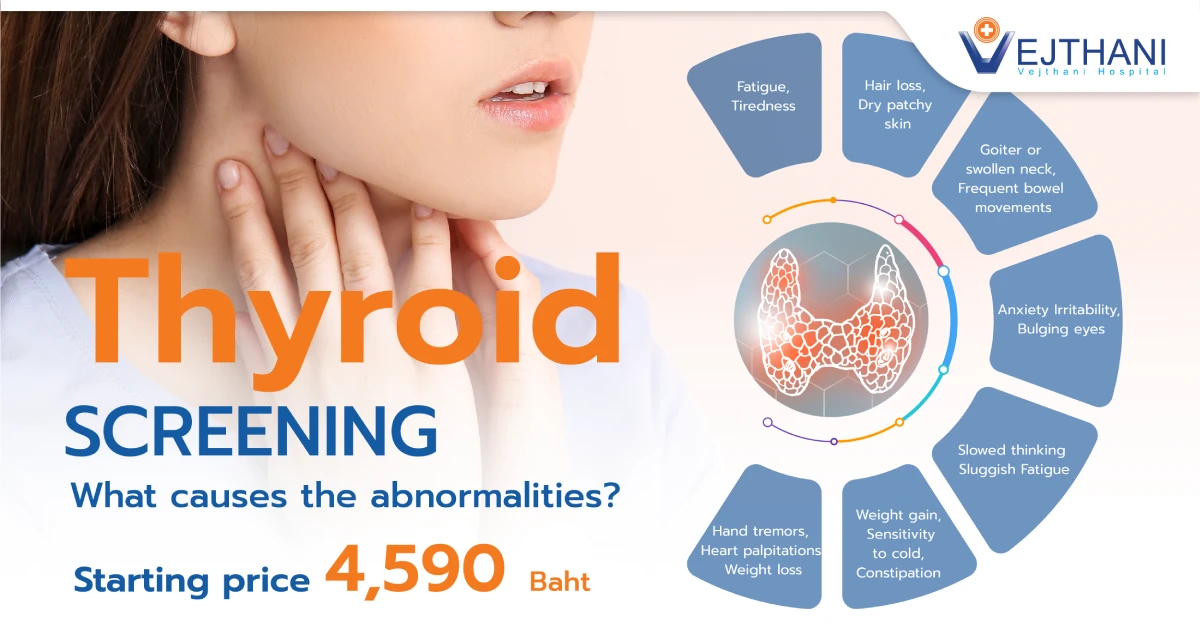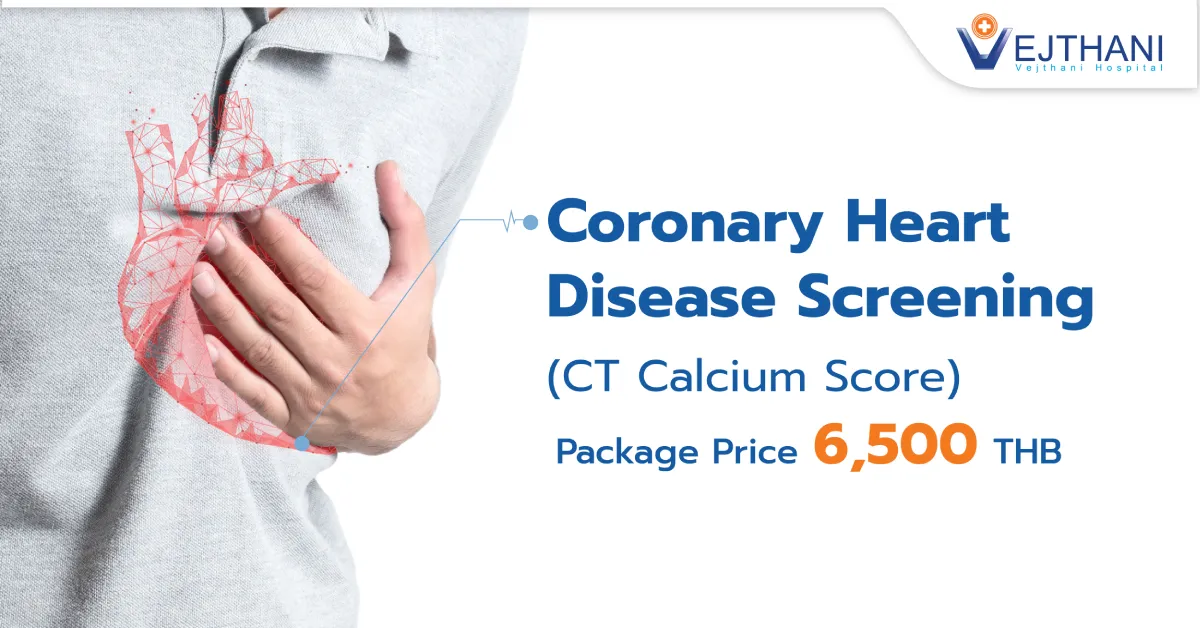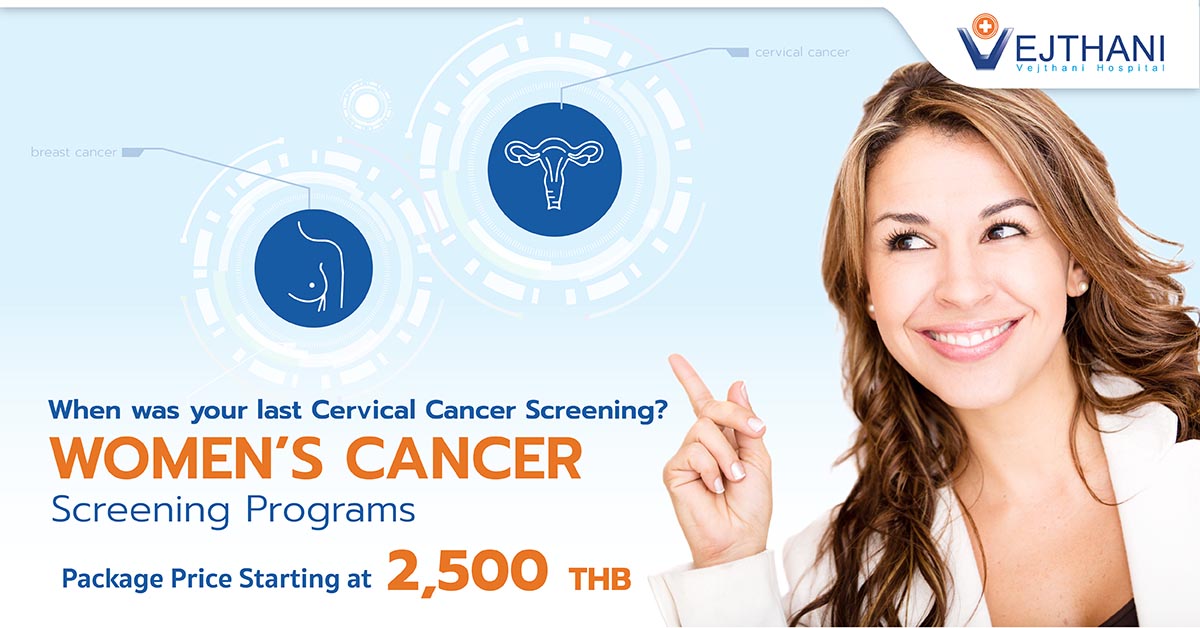
Dermatomyositis
Diagnosis
The diagnosis of dermatomyositis requires several tests, such as blood tests, imaging tests, and skin and muscle biopsies. These tests can help determine if the symptoms are caused by dermatomyositis or another issue.
- Blood analysis: The blood tests will check for elevated levels of certain muscle enzymes, which can indicate potential muscle damage. A blood test will also examine the presence of autoantibodies, indicating an immune system response to perceived threats, helping to identify underlying health issues or conditions affecting the muscles.
- Imaging test: X-rays use radiation beams to generate images of the insides of the body. This quick test can look for indications of the type of lung damage that dermatomyositis can occasionally occur with. MRI is capable of evaluating inflammation across a broad area of muscle tissue.
Electromyography: In the course of the procedure, an electrode is inserted through the skin and into the muscle under examination. This enables the healthcare provider to pinpoint the muscles affected by the condition. By observing the electrical activity while the muscle is at rest or in action, the procedure records any deviations in the pattern of electrical activity, which can help in identifying a muscle-related ailment.
- Skin or muscle biopsy: A skin sample aids in verifying the dermatomyositis diagnosis, while a muscle biopsy can show muscle inflammation or other issues, including damage or infection. If the skin biopsy confirms the diagnosis, a muscle biopsy may not be required. For this procedure, a tiny portion of skin or muscle tissue is extracted for laboratory examination.
Treatment
Dermatomyositis has no definite cure. The treatments will vary based on the location and severity of the symptoms. It aims to help the skin, muscle function, and overall health.
- Medications: Dermatomyositis may be treated with drugs, such as:
- Corticosteroids: These medications will lessen muscle inflammation. The healthcare provider may start with a relatively high dose to control the symptoms and then gradually decrease it as the condition improves, to manage side effects brought on by prolonged usage. Prednisone is a commonly prescribed corticosteroids for managing symptoms of dermatomyositis.
- Corticosteroid-sparing agents: Azathioprine and methotrexate are the commonly prescribed drugs that may have the dual benefit of reducing the corticosteroid’s dosage and mitigating its side effects. In cases where the lungs are involved, mycophenolate mofetil may be recommended.
- Rituximab: If other treatments are unsuccessful in alleviating the symptoms, rituximab may be prescribed. Rituximab is frequently used to treat rheumatoid arthritis.
- Malaria drugs: Persistent rash may be treated with an antimalarial drug like hydroxychloroquine.
- Sunscreens: Dermatomyositis rash management involves preventing sunburn on the skin by using sunscreen that has an SPF rating of at least 50 and reapply it every two hours, wearing protective clothing, and wearing caps.
- Therapy: In addition to medication, the healthcare provider may recommend any of the following:
- Physical therapy: Physical therapy, as well as regular exercise, can assist in the rehabilitation of muscle damage. A physical therapist can recommend an appropriate level of activity and demonstrate exercises to help maintain and develop strength and flexibility. The greater the strength of the muscles, the more resilient they become in coping with any harm caused by dermatomyositis.
- Speech therapy: Speech therapy can assist in building up swallowing-related muscles in the throat. This is often recommended if the swallowing muscles are compromised by the disease.
- Dietetic evaluation: A licensed dietitian can provide guidance on preparing meal that is easy to eat, which can be helpful with people who may have chewing and swallowing problems as dermatomyositis progresses.
- Surgical and other procedures
- Intravenous immunoglobulin (IVIg): IVIg is an injection of additional immunoglobulin, which is a naturally occurring component of the blood’s plasma. These antibodies can inhibit the harmful antibodies that attack skin and muscle in dermatomyositis. IVIg therapies can be used as an alternative treatment or in conjunction with immunosuppressants. The treatments are also costly and may need to be repeated frequently for the effects to last.
- Surgery: To get rid of uncomfortable calcium deposits and stop reoccurring skin infections, surgery may be recommended.
